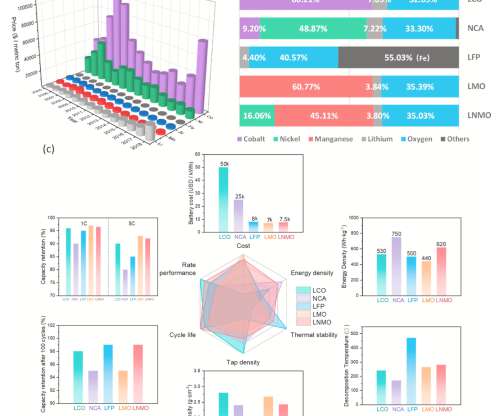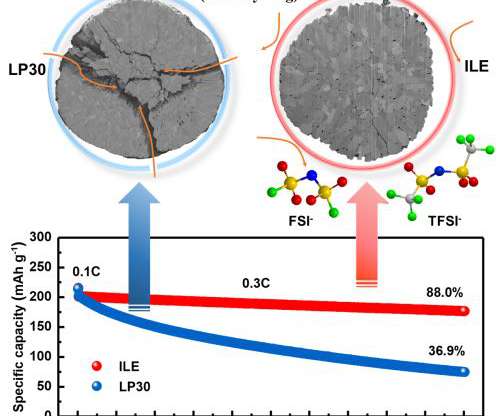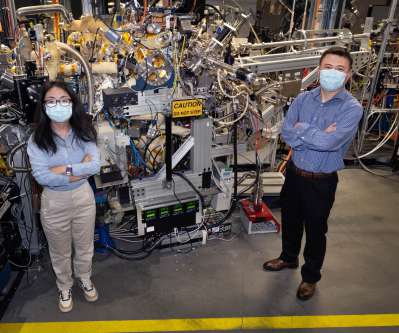Researchers show that layered calcium transition metal oxides can be promising cathode materials for Ca-ion batteries
Green Car Congress
FEBRUARY 10, 2022
Out of several candidates that could replace Li in rechargeable batteries, calcium (Ca) stands out as a promising metal. Not only is Ca 10,000 times more abundant than Li, but it can also yield—in theory—similar battery performance. Haesun Park, Chung-Ang University, co-corresponding author.

























Let's personalize your content